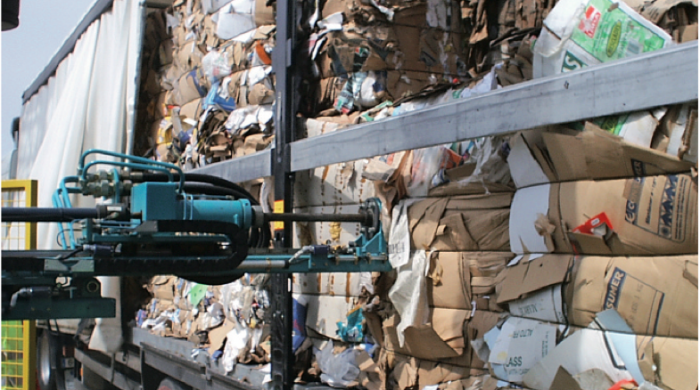An incoming waste paper control standard for Paper mills
When we talk about waste paper, an aspect of fundamental importance is the quality of the material that flows into paper mills as secondary raw material. All the players in the recycling cycle are involved in this topic: paper mills, the paper industry, users and distributors, consumers, recovery platforms, and of course also Municipalities, Assocarta and Comieco.
Assocarta data shows that the consumption of waste paper in Italian paper mills is over 4.6 million tons and accounts for about 48% of the raw materials used and is broken down as follows: waste paper 4,649,000 tons, virgin fibres 3,378,000 tons and non-fibrous material 1,725,000 tons.
Carlo De Iuliis of Cartesar spa, which represents Italy in the Quality Issue Group in Cepi, has long expressed the need for sales – purchase specifications on waste paper. “Because the success and the sense of good separate waste collection develops through the achievement of excellent quality standards. Non-conforming quality of the incoming waste paper is entirely paid by paper mills, which are companies serving the community as they recycle paper, which is the largest waste volume produced in Europe. On the contrary, poor quality waste paper causes a considerable increase in production costs because we must dispose of all non-cellulosic materials present in bales (plastics of various kinds, iron, glass, wood, etc.) because they increase the energy costs of processing and plant maintenance.”
The advantage of using single purchasing specifications shared throughout the supply chain would facilitate the work of incoming quality control staff, shifting the judgement of waste suitability from subjective to objective. The times dedicated to unloading goods and those lost in negotiations between waste paper suppliers and paper mills would be reduced. Furthermore, there would be fewer disputes, which too often end up in mediation because a scientific protocol does not support them. Also, paper mills would have more similar raw material in its heterogeneity, would produce less waste, consume less energy, have less plant downtime and lower maintenance costs.
“The idea of developing specifications and related procedures is a goal to pursue,” stated Massimo Modugno, Assocarta Director, “in the short term for the undoubted advantages that can be achieved in terms of the efficiency of paper processes.”
Source: “Industria della Carta” magazine – September 2013 –

